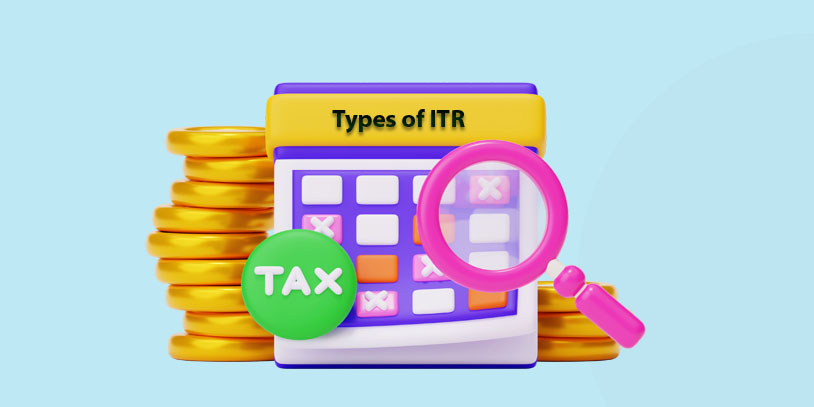
Please Wait transaction is in process, don't refresh page and do not press back button.
File your ITR Now and Claim Early Refund

Determining which income tax return (ITR) form to file in India depends on various factors such as the source of income, category of the taxpayer and the nature of the financial transaction. Here are the details of common types of ITR forms and their applicability:
ITR-1 (Sahaj):
Designed for individuals with straightforward income sources.
Applicable for individuals earning income from salaries, one house property, and other sources like interest income or pension.
Suitable for taxpayers with total income up to ₹50 lakh.
ITR-2:
For individuals and Hindu Undivided Families (HUFs) having income from sources other than profits and gains of business or profession.
Applicable for individuals having income from capital gains, multiple house properties, or foreign assets.
ITR-3:
Designed for individuals and HUFs having income from profits and gains of business or profession.
Suitable for self-employed individuals, partners in firms, and those with income from proprietary businesses or professions.
ITR-4 (Sugam):
Tailored for individuals, HUFs, and firms (other than LLP) with income from a proprietary business or profession.
Applicable for small businesses, freelancers, and professionals with presumptive income.
ITR-5:
Meant for entities other than individuals, HUFs, companies, and those filing ITR-7.
Suitable for partnership firms, LLPs (Limited Liability Partnerships), and associations of persons (AOPs).
ITR-6:
Designed for companies other than those claiming exemption under section 11 (Income from property held for charitable or religious purposes).
Applicable for companies with income from business or profession.
ITR-7:
Intended for persons including companies required to furnish returns under sections 139(4A), 139(4B), 139(4C), or 139(4D).
Applicable for entities like trusts, political parties, and institutions falling under specific tax-exempt categories.
Latest Post
House Rent Allowance (HRA) Exemption in ITR
11-February-2025
Tractor Insurance: Why It’s Essential for Your Tractor?
17-January-2025
Bike Insurance: How to file two wheeler insurance claim
15-January-2025
Tags